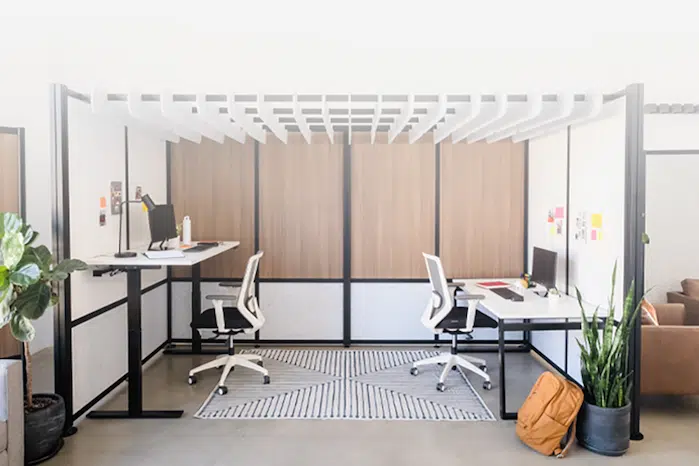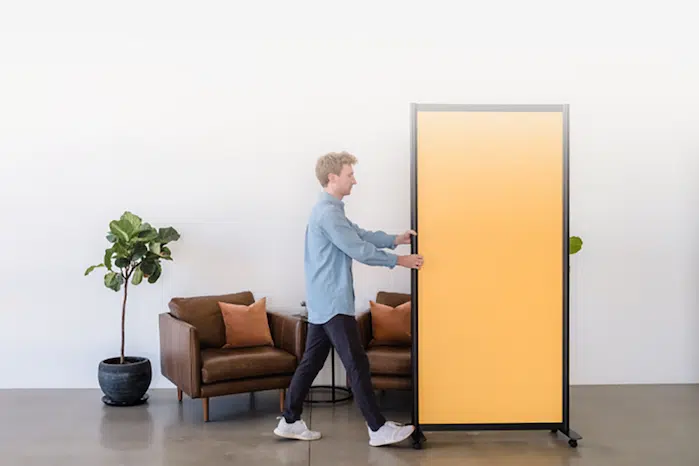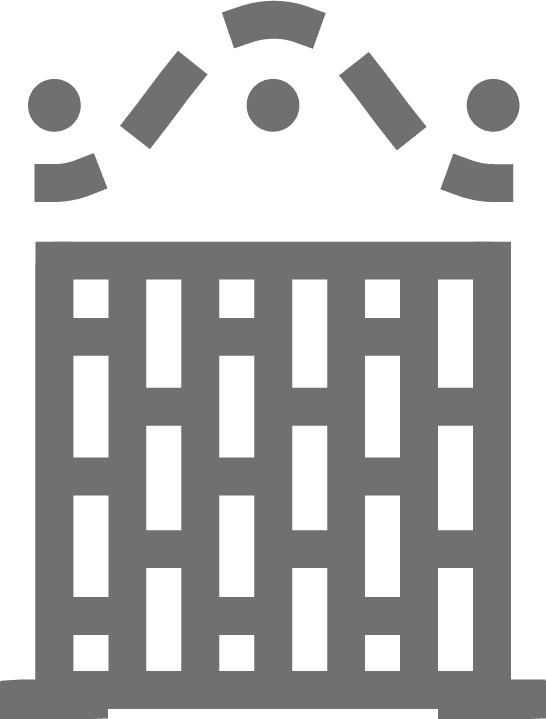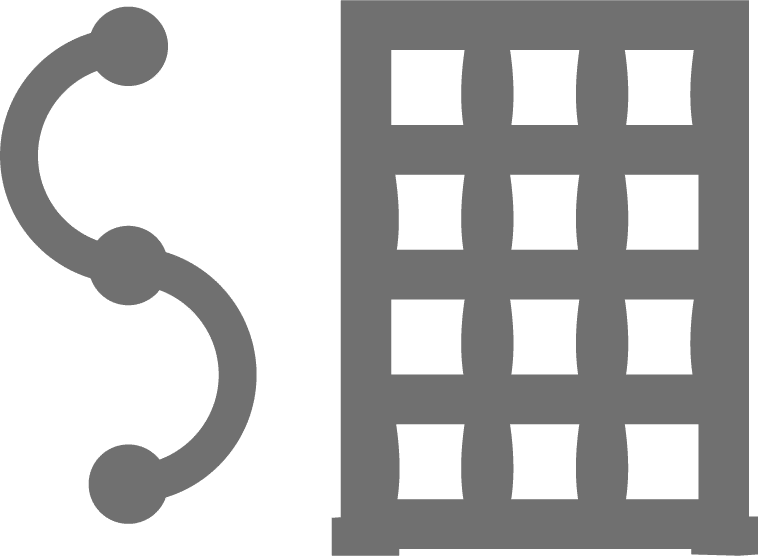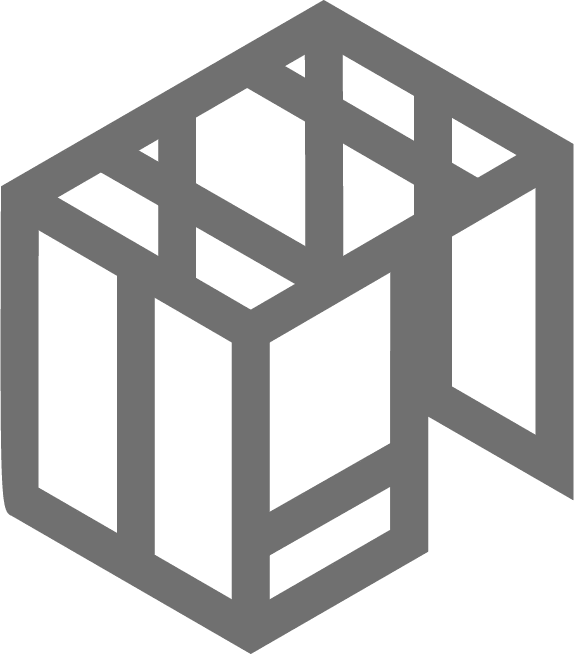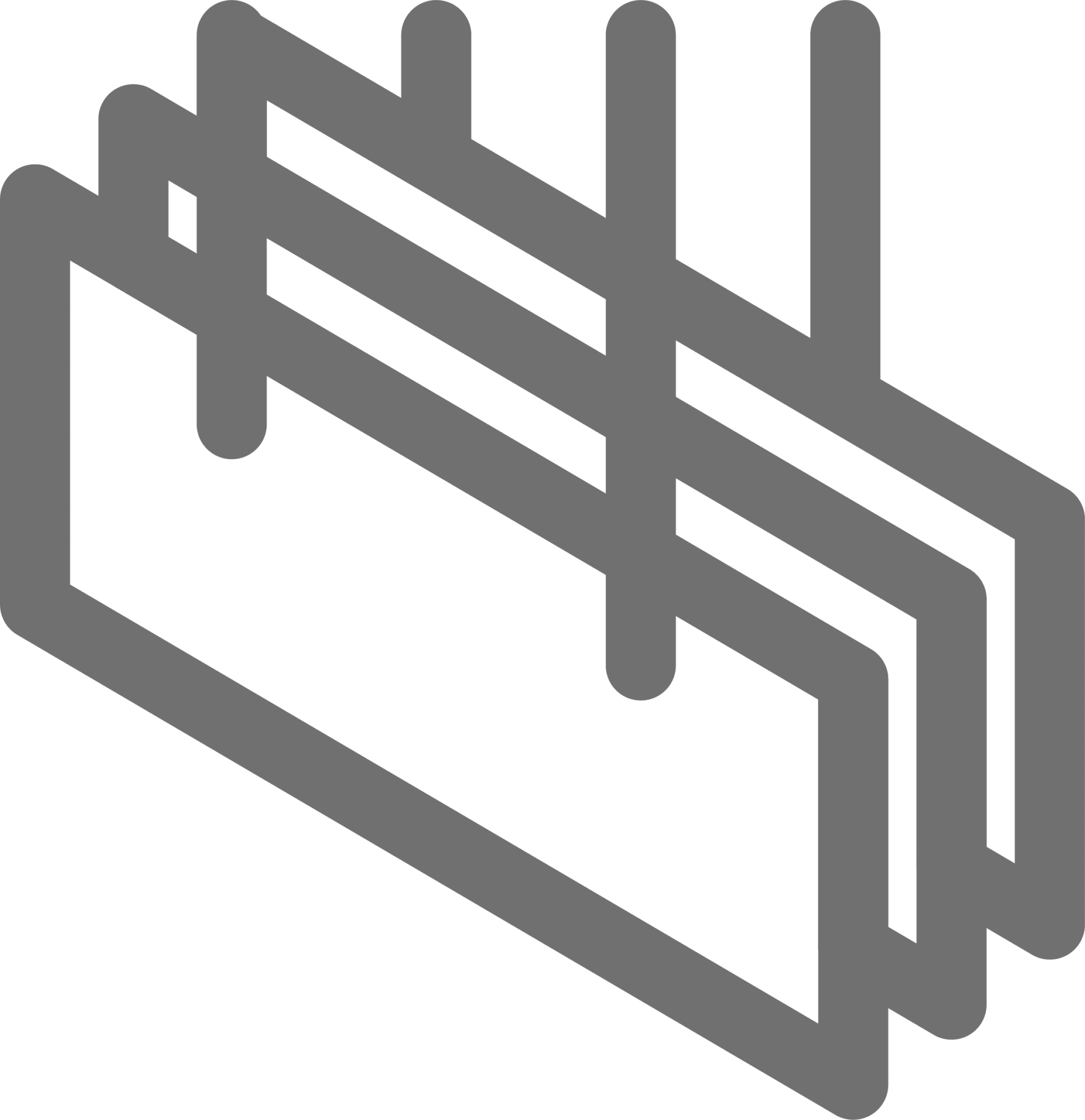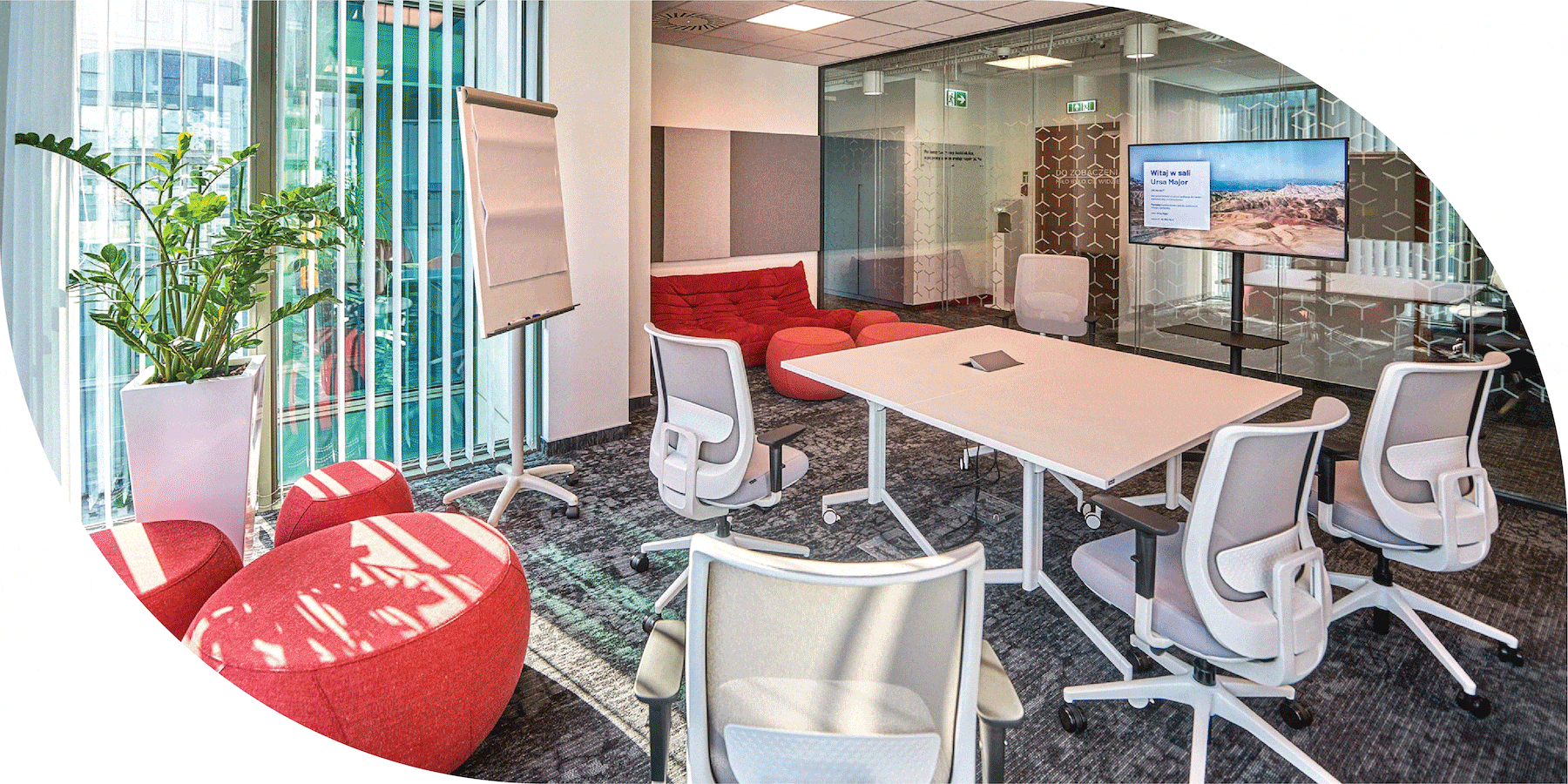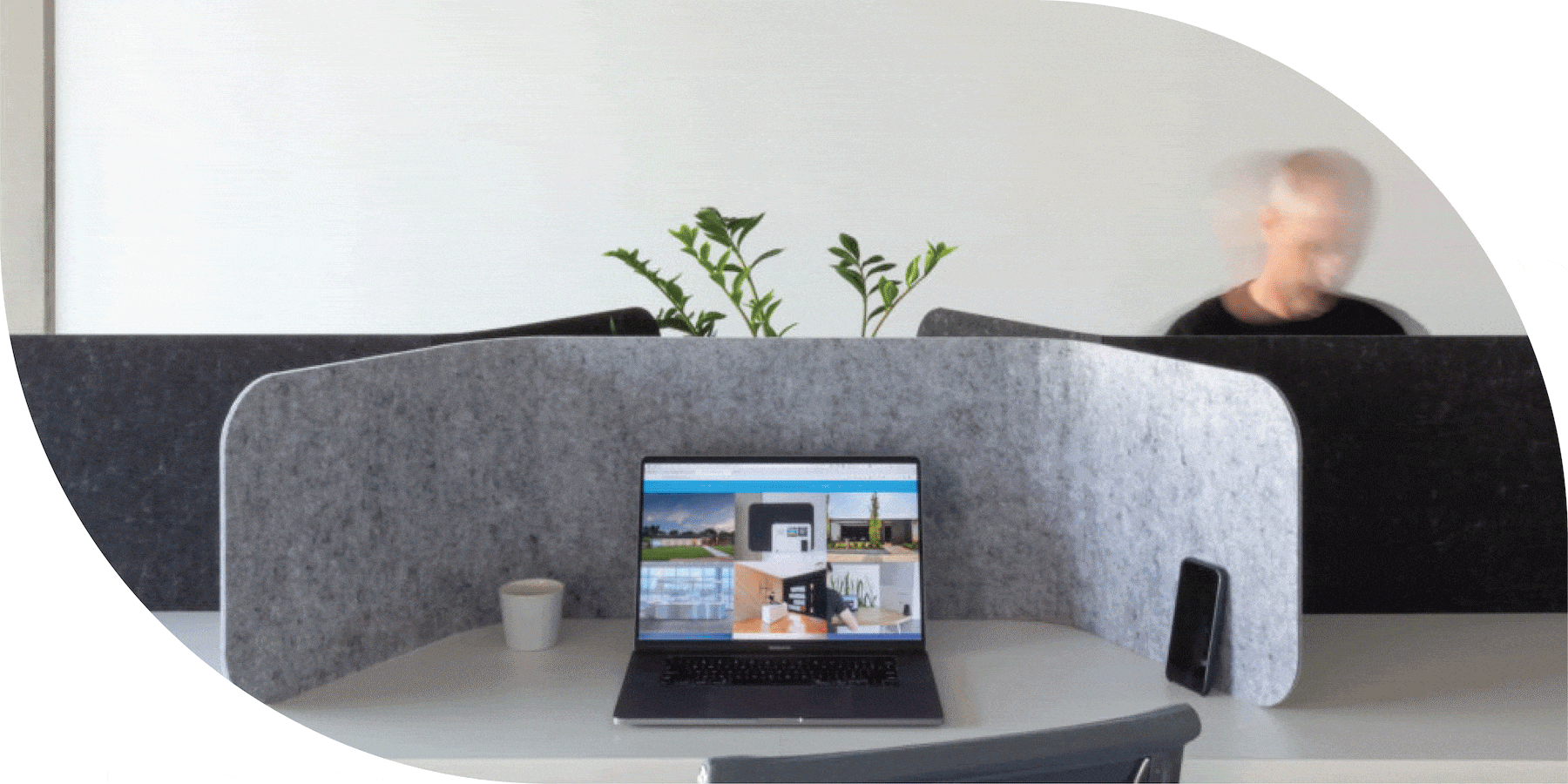As we wrap up 2022, it’s time to look ahead at what commercial interior trends will rule 2023. And if this year’s trajectory is any indicator, 2023 will be the year of holistic wellbeing.
The Year of Holistic Wellbeing
Holistic wellbeing is a multidimensional approach to design. By designing for and balancing the physical, mental, emotional, and social elements of a space, we can craft interiors that leave employees feeling full, even after a long day.
And while there are many methods of bringing holistic wellbeing into a workplace, we’ll highlight just three:
Trend #1: Function Reigns
What that means: The 2010s were defined by a shrinking office footprint. Surging real estate prices forced designers to do more with less as they looked to creatively squeeze employees into micro 4’x4’ workspaces. Fortunately, the 2020s have seen this change. With the rise of hybrid work, employees are evaluating offices through a new lens – how productive they’ll make the employees.
How it relates to holistic wellbeing: Practical spaces protect employees from moments of frustration. Loud spaces are hard to focus in, a lack of outlets can render a space unusable, and no collaborative, writable surfaces can stifle creativity. By designing offices for functionality, we can boost employee productivity and morale exponentially.
Where we’ll see it: Designers will increasingly be designing spaces with stated functionality. While that can be a multi-functional space, it will often be showcased as “collaboration areas,” “focus areas,” or even “research and risk-taking” areas of the modern office. Designers are getting granular to get their clients the tools to do the work they’re asking for. That means an increased focus on office acoustics and a blend of technology advancements to make the office more accessible than ever before.
Who does it well: C&W Service Offices, Pharmaceutical Company Offices, Clouds Coworking Offices, and LogicMonitor Offices
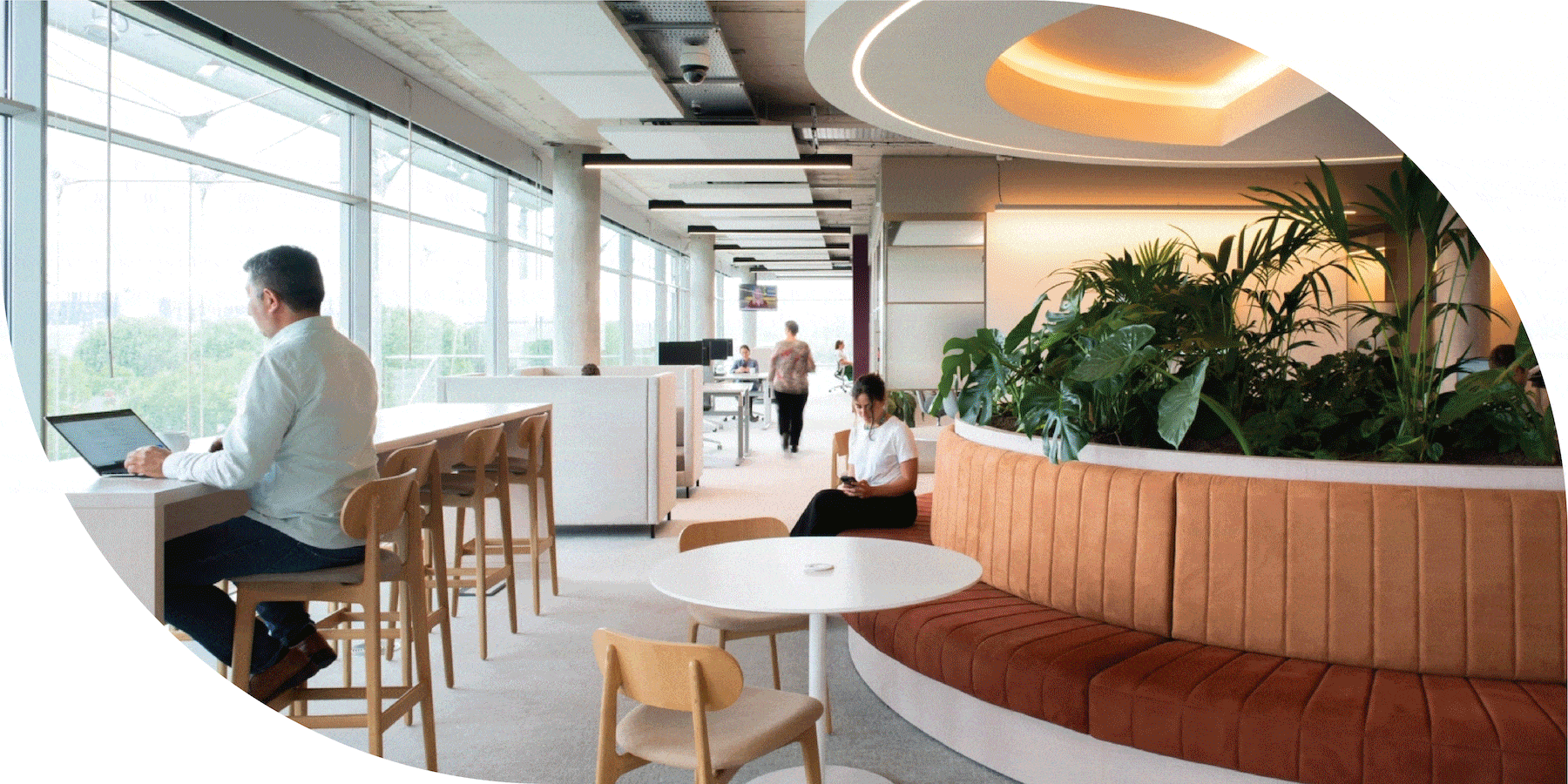
Trend #2: Connection with Nature
What that means: The rise in biophilic design isn’t going away. From products that can natively play between indoor work and outdoor work to products that embrace natural materials, biophilic design will be a focus of office design for the foreseeable future. Studies show it promotes employee wellbeing and mental acuity. The biggest obstacle holding biophilic design back from being completely mainstream? Affordability. Anyone who has specified a living wall or natural moss elements knows what we’re talking about. But interest will drive competition and innovation, this trend isn’t going anywhere.
How it relates to holistic wellbeing: Put simply, nature rejuvenates. Juxtaposed against the fast-paced business world of today, nature is slow and life-giving. By sprinkling bits of nature into the office, we fight employee burnout and create spaces for clear, focused thinking.
Where we’ll see it: Designs around natural light, living walls, wood slat panels
Who does it well: Understood Offices, GoodRx Offices, Huuuge Games Offices, Pladis Global Offices and Furniture Solutions Plus
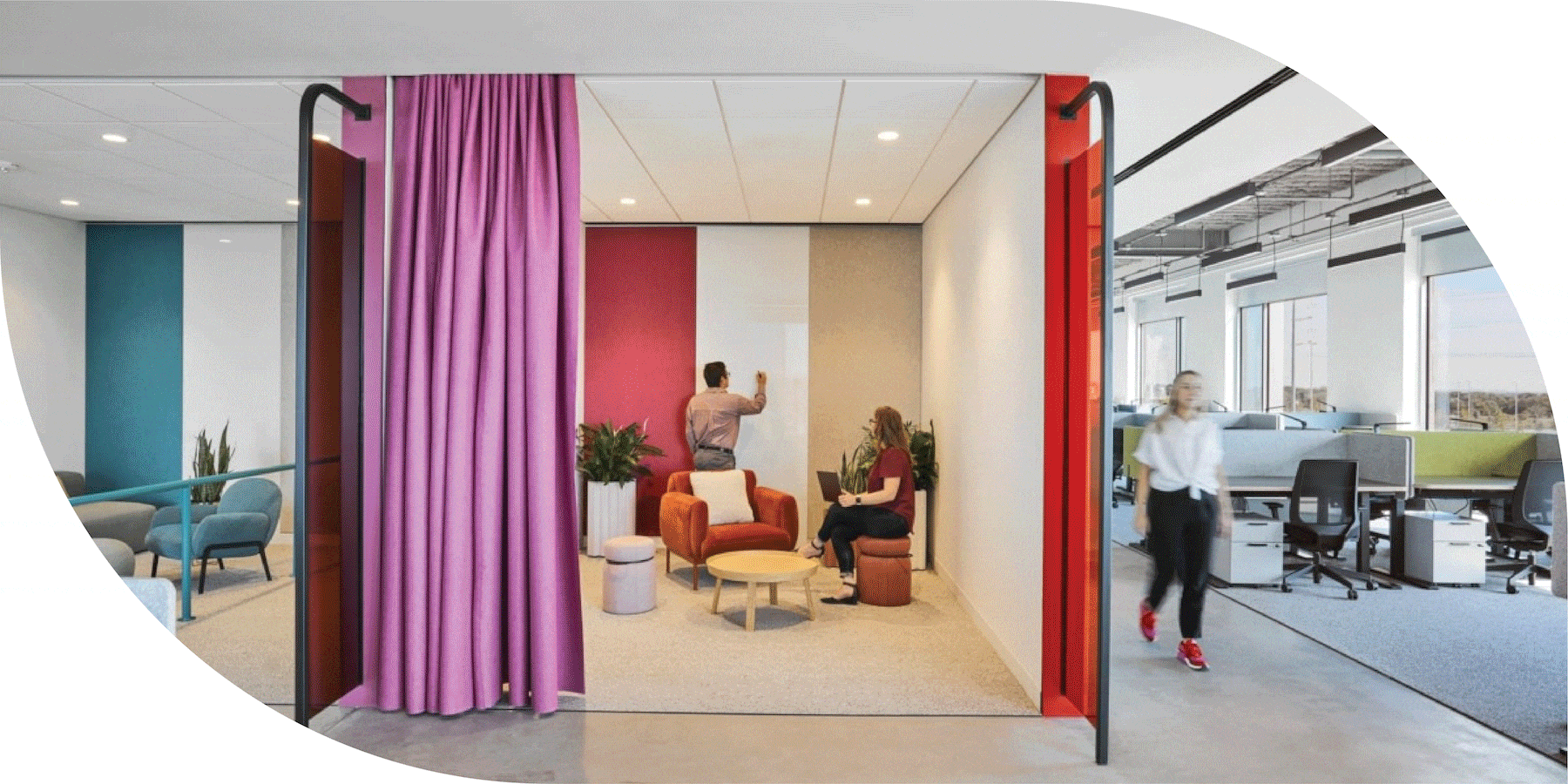
Trend #3: Tweakable Spaces
What that means: Gone are the days of fixed workspaces. As traditional desks evolved to be height-adjustable, cubicles evolved to be mobile partitions, and desktop computers evolved to be docking stations the trajectory of our industry has been one of flexibility. Workspaces designed with dynamic products empower teams to tune their environment as their needs change.
How it relates to holistic wellbeing: By giving teams tweakable tools, we give them agency to make micro-changes to be more comfortable and ultimately, more productive throughout their day.
Where we’ll see it: More adjustable products, mobile partitions, versatile writable services, architectural solutions instead of drywall, focus work indicators
Who does it well: Wipro Offices, Signify Health Offices, Flocc Studio, and Havas Group Offices
Our industry moves quickly
And it can feel really overwhelming. But we love talking about these changes. So if you want to talk through what’s next, we’d love to chat.


